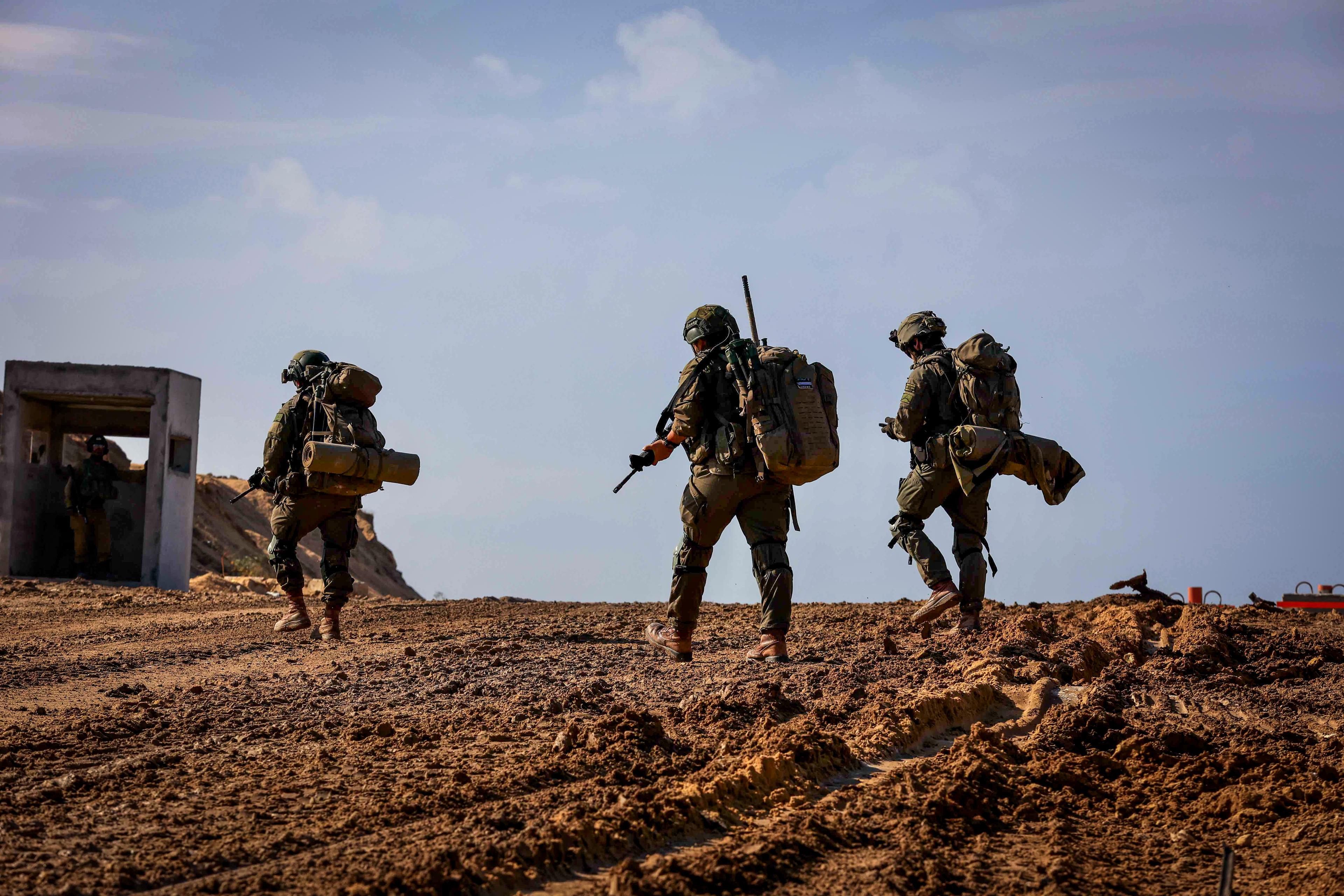How a Series of Command Failures and Poor Decisions Cost 17 Lives on October 7
The shocking massacre in Netiv HaAsara, IDF reports released today reveal deep failures in the IDF
On October 7, terrorists infiltrated Netiv HaAsara, killing 17 civilians despite Israel's military superiority, due to intelligence gaps, communication failures, and poor decision-making. The IDF’s investigation revealed crucial operational mistakes that allowed the massacre to unfold despite a strong military presence. The reports finding's were published today.

On March 4, 2025, the Israeli Defense Forces (IDF) revealed the findings of an official investigation into the October 7 attack on Netiv HaAsara, one of the border-adjacent communities near Gaza. The report sheds light on several crucial failures in military preparedness, communication, and decision-making that allowed three terrorists to carry out a deadly massacre despite Israel’s military superiority. The IDF called this the "most frustrating" battle report from the October 7 attacks, noting that despite a strong military presence, 17 civilians were murdered by the terrorists.
Netiv HaAsara, located just a few hundred meters from Gaza, was one of the three border communities attacked by Hamas that morning. In the battle for the town, three terrorists managed to kill 17 civilians. Despite being faced with 37 soldiers, including a battalion commander and a well-trained emergency squad, the terrorists carried out their attacks largely due to miscommunications and operational failures. The town’s security coordinator, who was responsible for the military operations within the town, instructed 25 members of the local alert squad to stay inside their homes during the attack. His justification was twofold: a lapse in judgment and the fear of friendly fire from incoming military forces.
In addition to the security coordinator's failure, the alert squad itself had its own shortcomings. Although the squad was considered one of the best-trained in the region, its members kept their weapons in safes inside their homes rather than in a central armory. This differed from other kibbutzim like Kfar Aza and Nahal Oz, where weapons were readily available. Furthermore, four Golani soldiers stationed in the town failed to engage with the terrorists during the attack due to lack of communication. Their radio batteries had drained, and they did not have spare batteries. These soldiers, who had been stationed in and around the town, moved to a nearby greenhouse and did not take action when they heard gunfire. They only arrived at the town’s entrance about 90 minutes later, waiting another 30 minutes while the battle unfolded without offering support.
The investigation also pointed to broader systemic issues within the IDF. According to the findings, there were significant operational failures and a lack of preparedness within the IDF’s defensive setup. In the years leading up to the attack, two full platoons had been stationed to protect Netiv HaAsara, but after Operation Guardian of the Walls in 2021, this number was reduced to a small squad. This reduction in forces left the town inadequately defended when the attack began. At 6:35 a.m. on October 7, three terrorists arrived in Netiv HaAsara via motorized paragliders, acting as an advance unit for a larger force that was expected to arrive from the adjacent Palestinian town. Despite the quick action of a local resident who fired at the terrorists and delayed their regrouping, the terrorists successfully infiltrated the area.
While the initial response from the IDF appeared slow, there were some successful actions. The battalion commander, Lt. Col. Sh., deployed mortars and launched the first airstrike of the day. Additionally, the IDF’s "See-Shoot" system eliminated multiple terrorists trying to storm the town. However, the investigation revealed that only one "See-Shoot" control station was operational, despite the presence of several other systems in the region. The limited number of operational systems meant that resources were spread thin, and critical opportunities were missed.
The report also highlighted the failures in command and coordination. The security coordinator’s lack of engagement with the Golani soldiers exacerbated the situation, as the soldiers did not have a clear plan to follow. The report criticized the military culture within the community’s defense forces, calling it flawed. The soldiers, it was noted, had not followed military doctrines and had treated their mission as a routine task. The reserve battalion, which had been stationed at the frontlines, should have reinforced the perimeter but instead found itself fighting off an infiltration due to the lack of coordination.
The minute-by-minute breakdown of the battle further illuminates the failures in both leadership and execution. Starting at 6:29 a.m., a rocket barrage from Gaza began, prompting many residents to seek shelter. The terrorists infiltrated at 6:34 a.m., and despite being spotted by a resident, they were able to carry out their attack. The Golani soldiers, whose radio batteries were dead, failed to take action when gunfire from a nearby base became audible. By 6:42 a.m., the terrorists had regrouped and one began the massacre, and at 6:45 a.m., the security coordinator’s order to keep everyone inside did not reach its intended recipients.
As the terrorists continued their spree, some of the local alert squad members defied orders and fought back. One member, Alon Keren, eliminated a terrorist at 7:07 a.m., but the military’s response remained slow and ineffective. It wasn’t until 12:14 p.m. that seven unarmed looters entered the town, despite supposed IDF operational control. The military captured them after a brief chase. Later that afternoon, senior commanders organized an evacuation corridor for the residents, which allowed them to leave by evening.
In conclusion, the IDF investigation into the October 7 attack on Netiv HaAsara revealed a series of failures in both military preparedness and communication. Despite having superior forces and intelligence, the lack of coordination, delayed responses, and failure to follow established military protocols led to a tragic loss of civilian life. The IDF’s report acknowledged these shortcomings and emphasized the need for improvement in future operations to prevent such mistakes from occurring again.